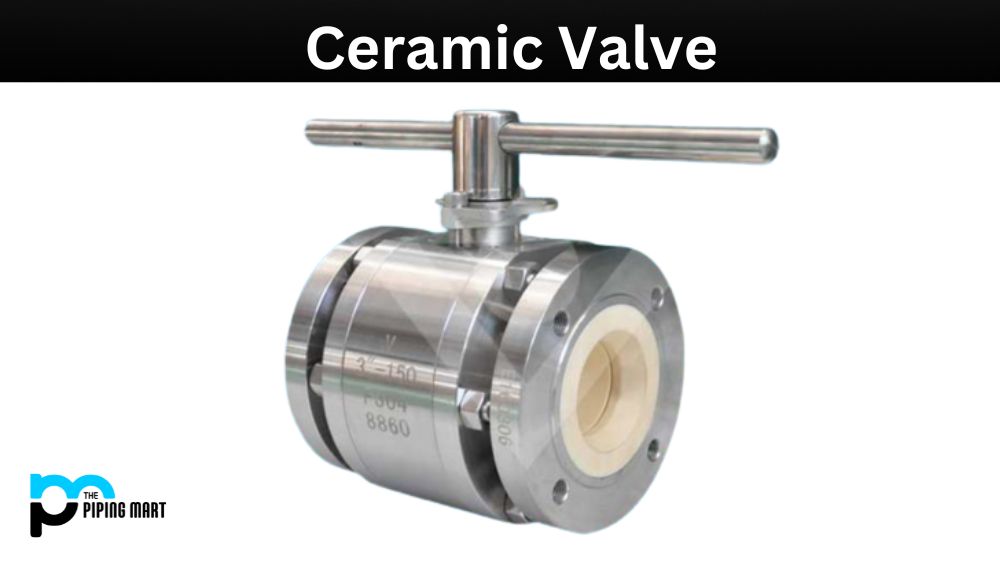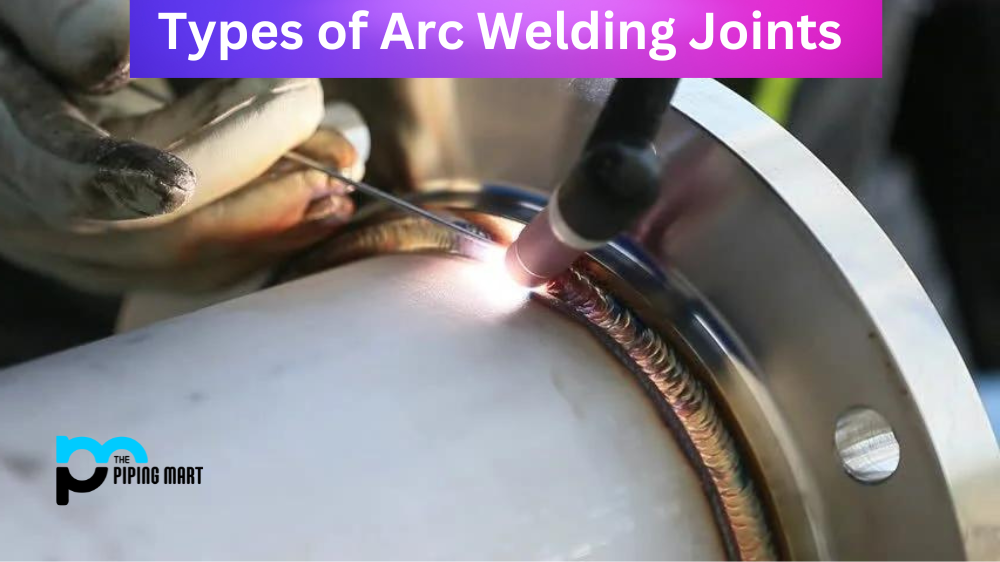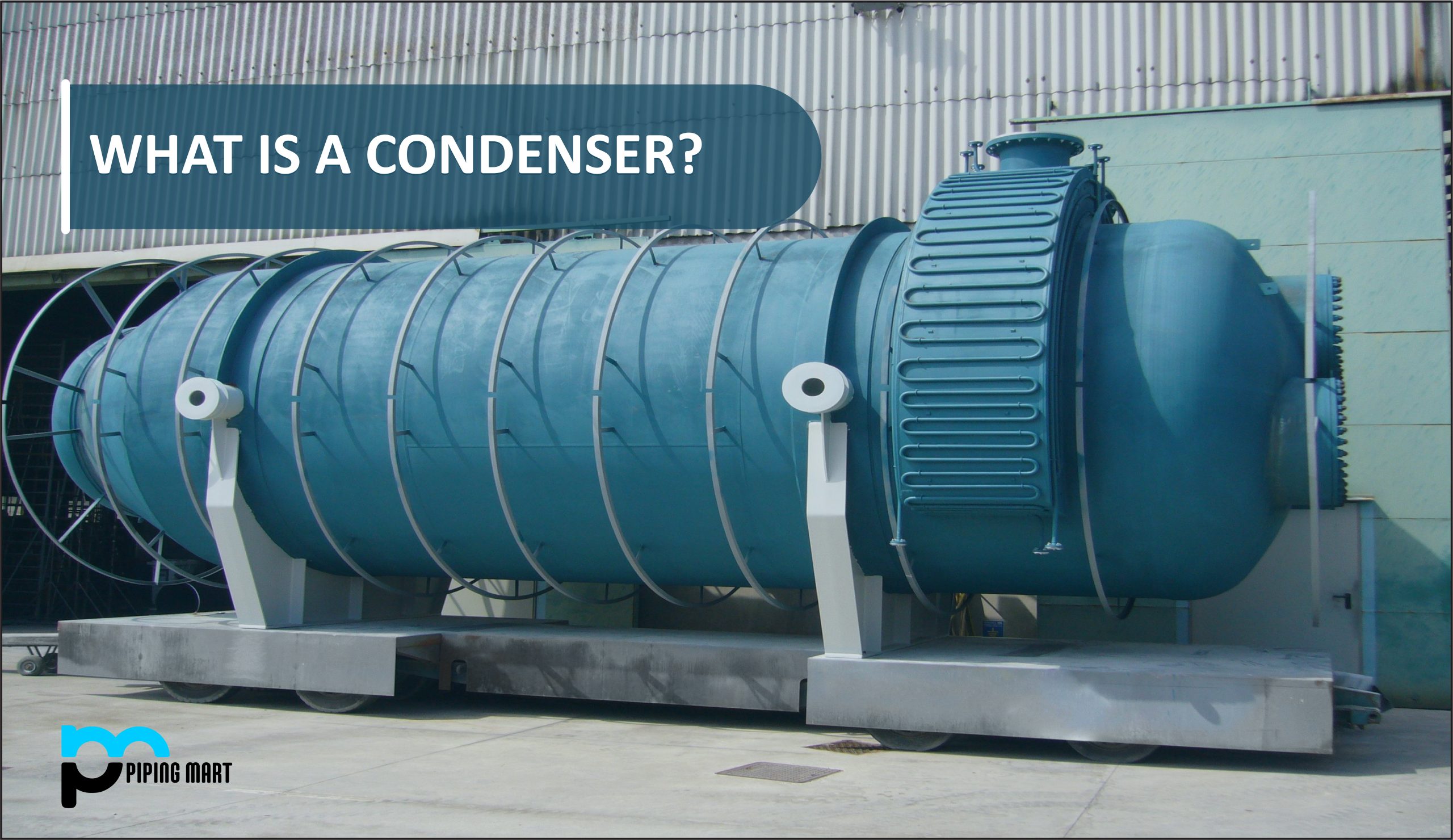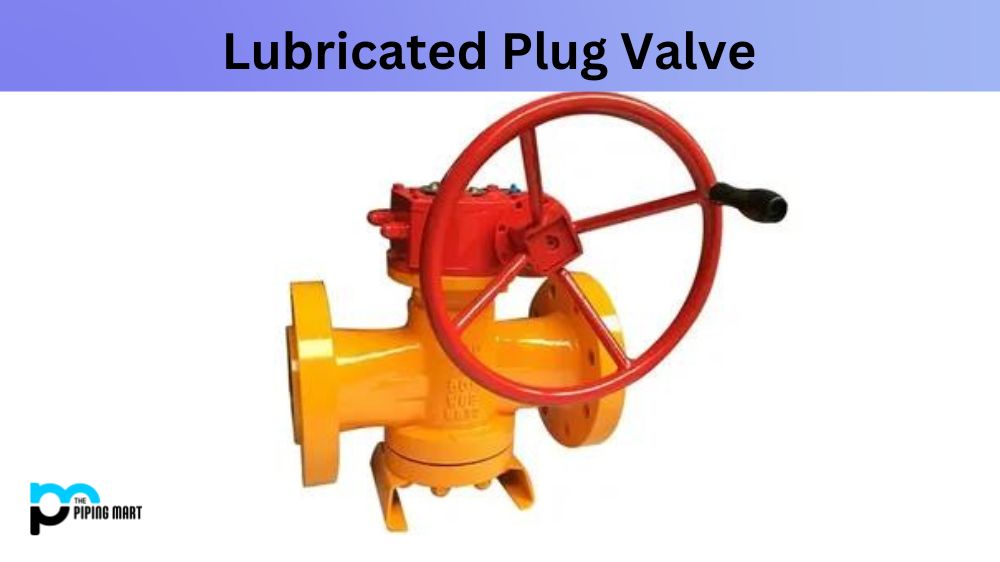Ceramic valves are increasingly popular in many industries because of their high performance, durability, and dependability. These valves have innumerable benefits over traditional metallic counterparts when used in a wide range of applications, including industrial, aerospace, automotive, marine, and medical. This blog post will explore what ceramic valves are, their properties, uses, applications, and how to use them.
What is Ceramic Valves?
Ceramic valves are engineered products made from non-metallic oxide ceramics or composite materials. These valves consist of a ceramic body seal and often feature a ceramic ball or disc that rotates through the valve bore or against its seat. Ceramic valves are primarily built to withstand extreme temperatures, pressure, and corrosive or abrasive environments, and they have great strength, hardness, and wear resistance.
Properties of Ceramic Valves:
Ceramic valves have many distinct properties that make them highly efficient and effective. Their key features include superb high-temperature tolerance, excellent corrosion, wear, and erosion resistance, high mechanical strength, resistance to friction and abrasion, and electrical insulation. Furthermore, ceramic valves are biologically inert to blood, tissue, and bone, making them ideal for medical implants.
Uses and Applications of Ceramic Valves:
Ceramic valves are used in various applications, requiring high performance, cost-effectiveness, and long service life. In the automotive industry, ceramic valves are used in high-performance engines, offering better thermal shock and wear resistance than metallic valves. In the aerospace industry, they find use in aviation turbine engines, which are effective in resisting high temperatures and harsh disinfectants used in aerospace applications. Ceramic valves also have biomedical applications, such as heart valve replacements, where they help minimise human rejection thanks to their superior biocompatibility.
How to Use Ceramic Valves:
Ceramic valves are easy to use but require careful selection, installation, and maintenance. Consider temperature, pressure, flow rate, and chemical compatibility when selecting ceramic valves for your application. Ceramic valves come in various types useful for applications, including globe, gate, ball, and needle valves. The valves’ installation and maintenance should be done by qualified professionals who have expertise in ceramic material handling and can follow the correct safety procedures.
Conclusion:
In summary, ceramic valves’ properties make them ideal in various applications, and their durability, reliability, and low maintenance requirements make them a popular alternative to traditional metallic valves. However, when using ceramic valves, following proper handling, installation, and maintenance procedures is crucial to avoid damaging them. It is also important to ensure that the valve you choose can withstand your application’s temperatures, pressure, and flow rate and that it is chemically compatible with the media. If you are still determining which ceramic valve best suits your application, consult a qualified valve supplier or engineer to help make the right choice.

A passionate metal industry expert and blogger. With over 5 years of experience in the field, Palak brings a wealth of knowledge and insight to her writing. Whether discussing the latest trends in the metal industry or sharing tips, she is dedicated to helping others succeed in the metal industry.




